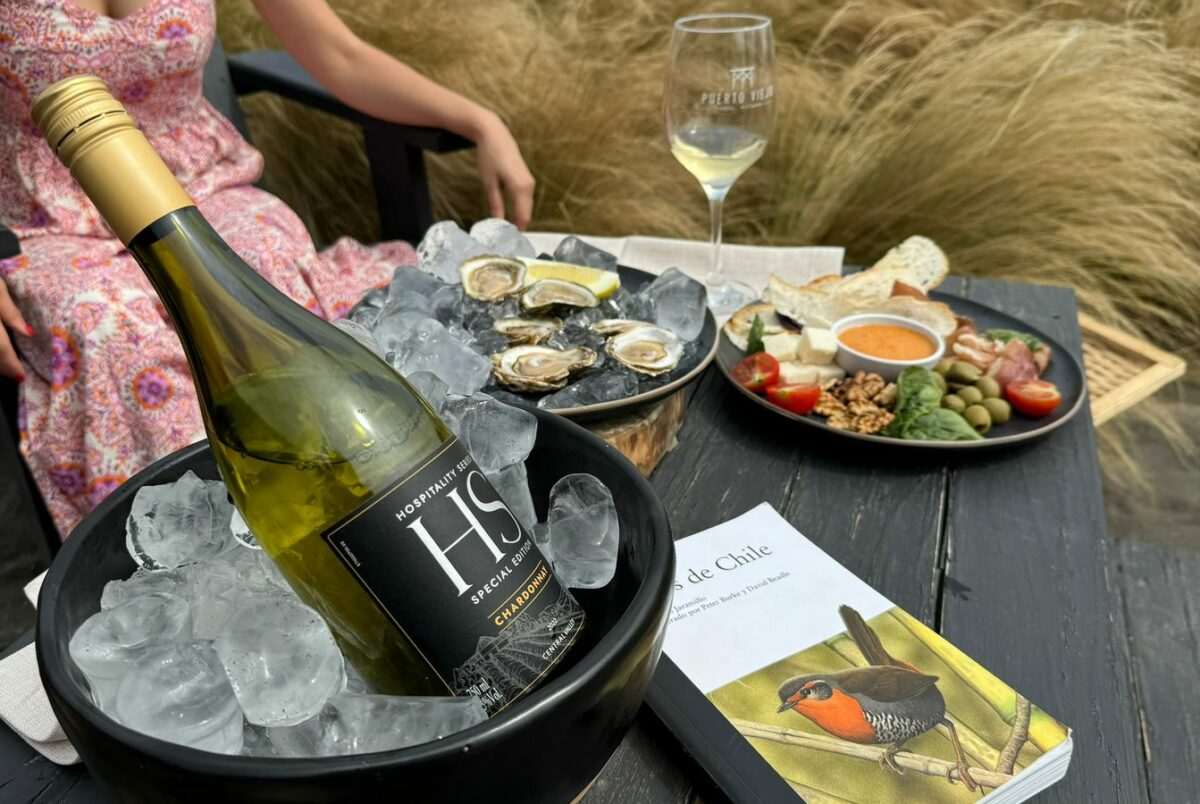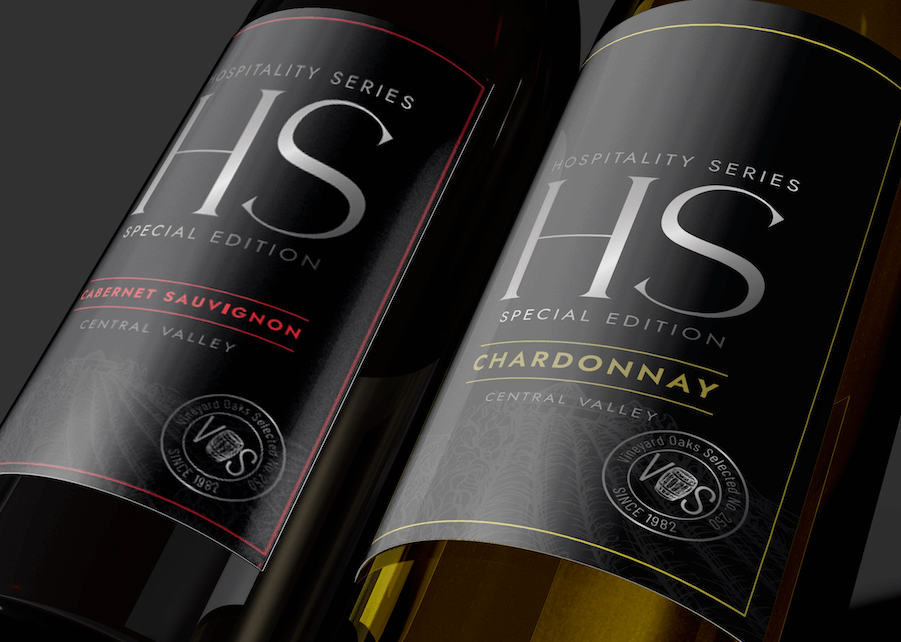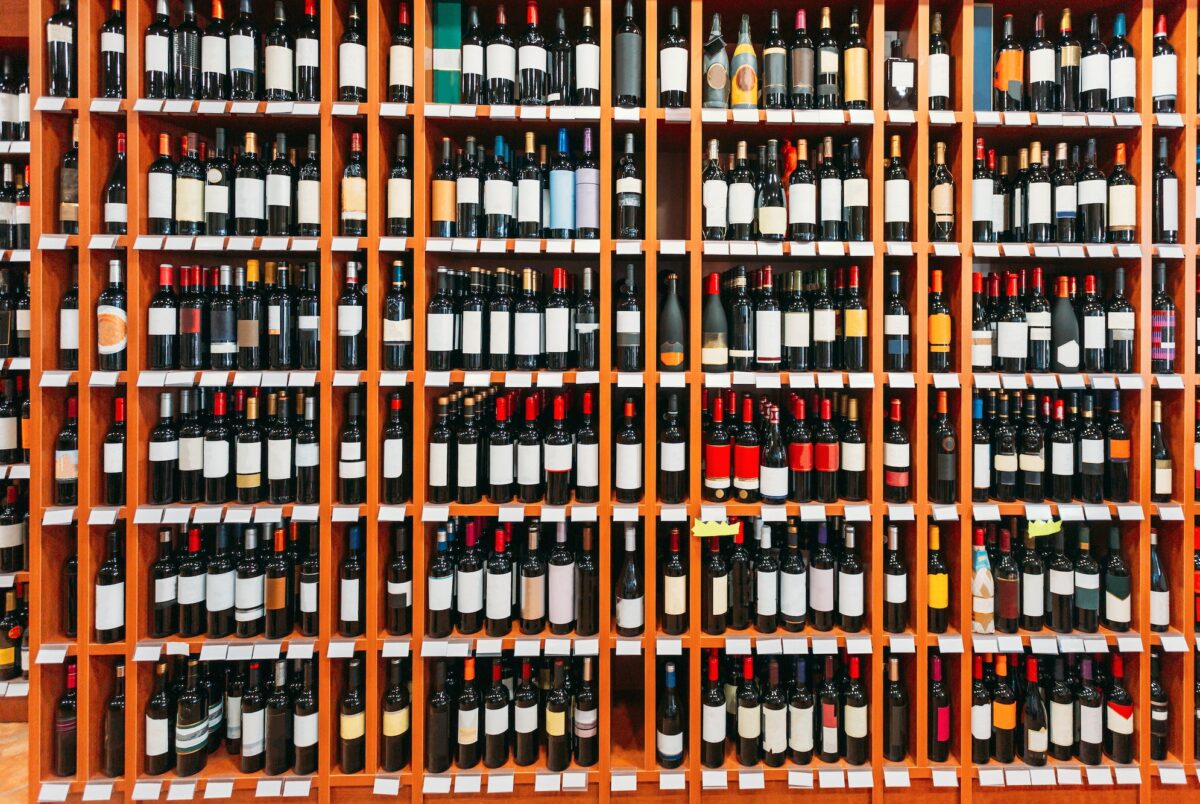With almost 15 years working in the wine industry, I have learned that success depends not only on the quality of the wine but also on how samples are presented and shipped to importers and distributors.
Below, I will share effective strategies that I have perfected over the years to enhance conversions and strengthen business relationships.
1. 80-20: Send your best “weapons”
For example, if your flagship products are New Zealand Sauvignon Blanc ($15 retail) and a Paso Robles Cabernet Sauvignon, it is better to send those two SKUs than to send many bottles that may confuse your client.
2. Add technical sheets for tasting time
Countless times, distributors call when they are tasting the wines asking for information, but by then it’s too late. Facilitate the selection of your product by printing and sending technical sheets in the same box.
3. Print a sticker to attach to the sample boxes
As you can see in the article’s photo, we provide an example of what we do when sending samples. It is important to remember that distributors’ offices are full of supplier boxes, which makes them easy to get lost. Distinctive company logo will make it easy to identify your box.
4. Thank you card and letter: the distributor will feel valued and important (indeed they are)
What distributors want most is to work with a supplier who cares about details, and if you write a note thanking them for the opportunity, they may realize that you have a focus on supporting them from the start. Professional tip: In this letter, you can write a funny anecdote with the distributor (an anecdote about how you met or a trip you went together).
5. Print a price list and include it in the box shipment
It is important to include an ex cellar price and in my experience, it always good to give them the option of the delivered price to their warehouse. It would also help a lot to send a benchmark product with a retail price so that the suggested retail price is understood. For example, if the goal is to compete in the Sauvignon Blanc category in New Zealand, it is important to identify the category leader to position ourselves at a competitive price point compared to this brand.
6. Sending tracking number at the time of shipment and subsequent tracking
It is very common to send samples and forget about them. It is extremely important to send a tracking number as soon as the samples are sent. Remember: distributor ́s offices are full of boxes.
7. Timing of an email at tasting time
It is very important that on the same day as the tasting, an email is sent thanking them for the tasting and letting them know that you are available for anything they may need.
8. Post-tasting: A crucial call and a thank you email
Text them at the end of the day and request a call for further feedback and discuss the necessary scheduling to start the collaboration. Also, the following say, send an email thanking them for the tasting.
9. Your ace up your sleeve is having samples in the United States
In the competitive world of wine, speed is key. Make sure you have samples in the United States to respond promptly to market opportunities. Importers and distributors have constant meetings with retail chains, and local sample availability can make a difference.
10. Send samples with TTB registered labels, the key to closing opportunities
To facilitate the entry of samples into the United States, I recommend sending wines with labels already registered with the TTB.
Need help? At Toral Wines we are here to help to register labels, receive samples and help you with your US market strategy.
If you need additional assistance or are interested in exploring future collaborations, feel free to contact me at [email protected] or through my contact form at www.cristobaltoral.us.
Cheers!















